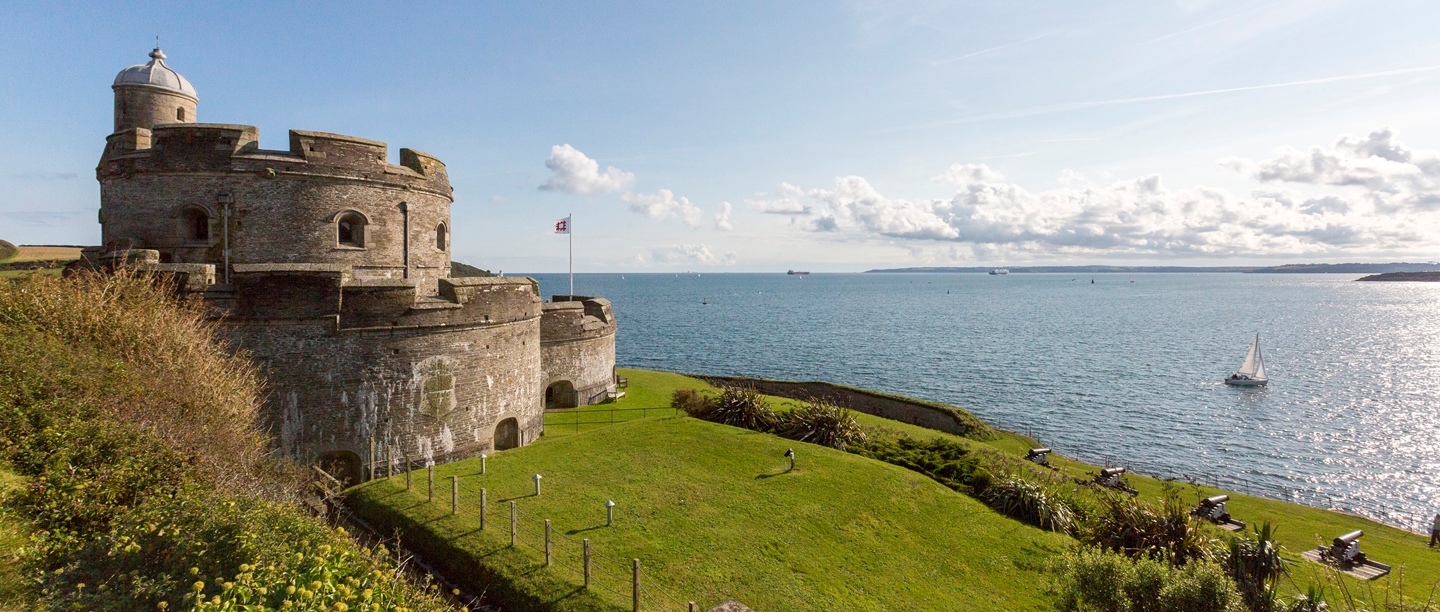Curriculum Links
Support your teaching in the classroom by stepping out of it. A visit to St Mawes Castle will help you bring learning to life, covering multiple topics across the curriculum and key stages.
- KS1 History: Significant historical events, people and places in the locality
- KS2 History: A local history study. A study of an aspect or theme in British history that extends pupils’ chronological knowledge beyond 1066
- KS2 Geography: Use geographical skills and fieldwork. Types of settlement and land use. Understand the strategic significance of the castle’s position
- KS3 History: A local history study. The development of Church, state and society in Britain 1509-1745. Ideas, political power, industry & empire: Britain 1745-1901. Challenges for Britain, Europe and the wider world 1901 to the present day
- KS3 Geography: Understand how human and physical processes interact to influence and change landscapes and how human activity relies on effective functioning of natural systems
Free Self-Led Visits
Book a free self-led visit to St Mawes Castle and organise your day to suit your curriculum objectives. Enter the castle through the original guardhouse, and look out for the handgun loops in the walls and murder holes under the arch. Look down the "oubliette" in the gun tower, used for punishing prisoners, and explore the rooms in the castle keep, including the basement kitchen with a large fireplace and bread oven. Outside are various bastions and gun platforms, showing the different developments in the castle defences over time, including remains of Tudor gun platforms, cannons and the saluting battery.
Find out morePlan your trip
We have a wide range of materials to support your visit and make school trip planning easy. You can find all our site-specific information and tools below, and further information on our what to expect page.
Download our free resources to help you make the most out of your visit and create unique learning experiences before, during and after your trip. We also offer free planning visits once you have made a booking, plus a 20% discount on the official English Heritage guidebook for your place of choice.
Once you book your visit you’ll be sent a visit permit, which you’ll need to bring with you on the day.
Visit our bookings page to start planning your trip!
Learning Resources
-
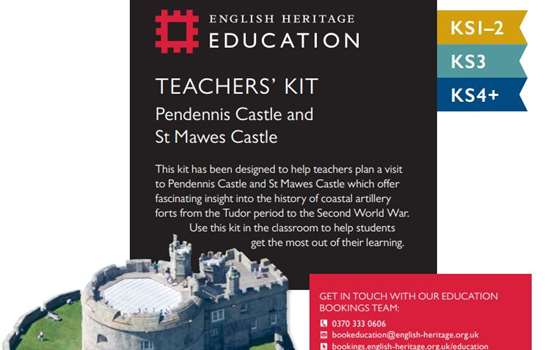
Pendennis Castle and St Mawes Castle Teachers' Kit (KS1-KS4+)
Our Teachers’ Kits feature historical information and activity suggestions for group leaders of various subjects and key stages.
-
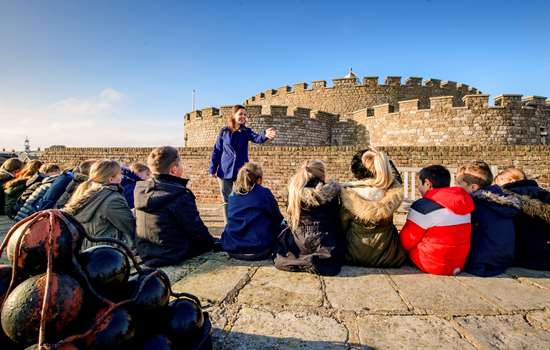
Teaching Tudors and Stuarts
This guide to teaching Tudors and Stuarts includes advice from our educational experts and historians as well as suggested activities to try with your students in the classroom or on a school trip.
-
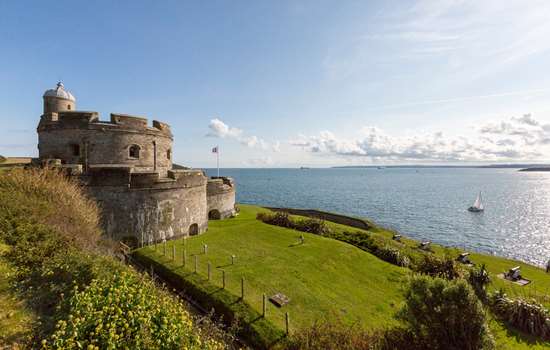
Local Learning: Pendennis Castle and St Mawes Castle
Explore the unique historic environment around Pendennis Castle and St Mawes Castle with our suggested reading, activities and video resources.
-
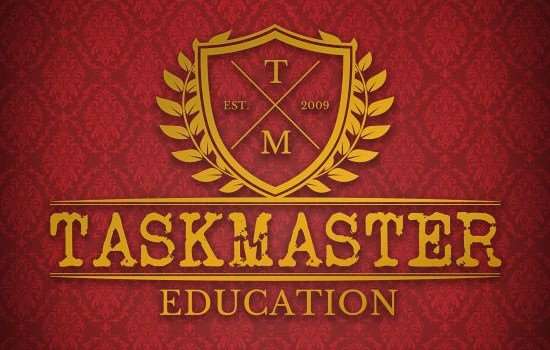
Taskmaster Education at English Heritage
We’ve teamed up with Taskmaster Education to bring an extra layer of fun to school visits to our sites. Find out more about how we can help you create a Taskmaster-style experience during your trip.
-
A Mini Guide to Castles
Discover how castles developed over time with this short introduction.
-
Homes Through History: St Mawes Castle
Meet the porter at St Mawes Castle to find out what life was like for the garrison stationed there during Elizabeth I's reign.
-
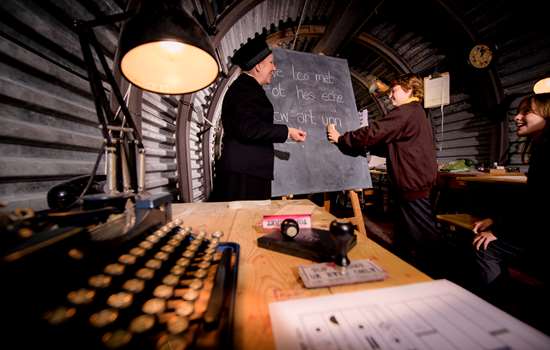
Teaching the 20th Century
Use historical information, learning activities and tips from our historians, curators and educational experts to support your teaching of 20th century history.
-
Enquire now
0370 333 1181
-
Visit our bookings page to start your enquiry. All bookings must be made at least 14 days in advance. Please make sure you check our terms and conditions ahead of your visit.
If you’d like more information about a site or one of our workshops, get in touch using the online form on our bookings page to speak to your local Learning and Participation Officer. We look forward to seeing you soon.
